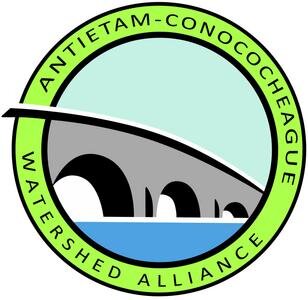Wildlife Wednesday: The Mayfly
by Zander Hine, Student Board Member
The Mayfly (Ephemeroptera) is an insect found worldwide, other than in the Arctic and Antarctic regions. The Mayfly’s lifespan last the longest in three stages while under water, emerging as winged adults in the fourth stage in air. In North America, Mayfly larvae live in freshwater streams and rivers. The mayfly can spend anywhere from a few months to up to three years in the larval stage maturing, and their presence in specific streams can indicate the water’s quality and health. After reaching adulthood, the mayflies expend all of their energy mating and die in about a day. Mayflies are important food for fish like trout. During ACWA’s Community Science programs, volunteers collect benthic macroinvertebrate samples and often find Mayfly larva in streams of good water quality within both the Antietam and Conococheague watersheds. Mayfly larva are sensitive to sediment in the streams, which comes from erosion caused by lack of trees, activity in stream beds, and land development. Help protect the Mayflies by planting vegetation along flowing waterways and keep livestock out of streams.

